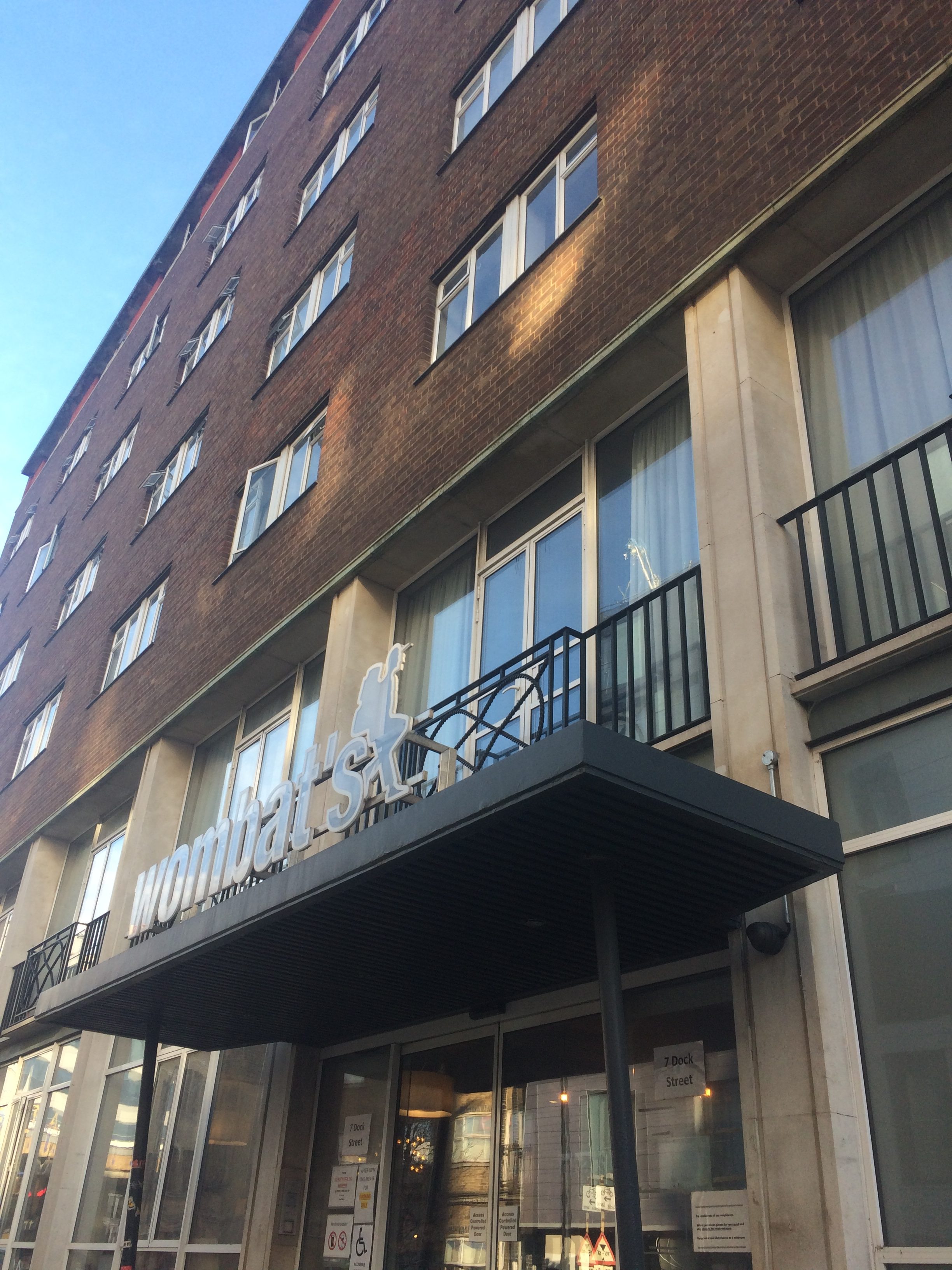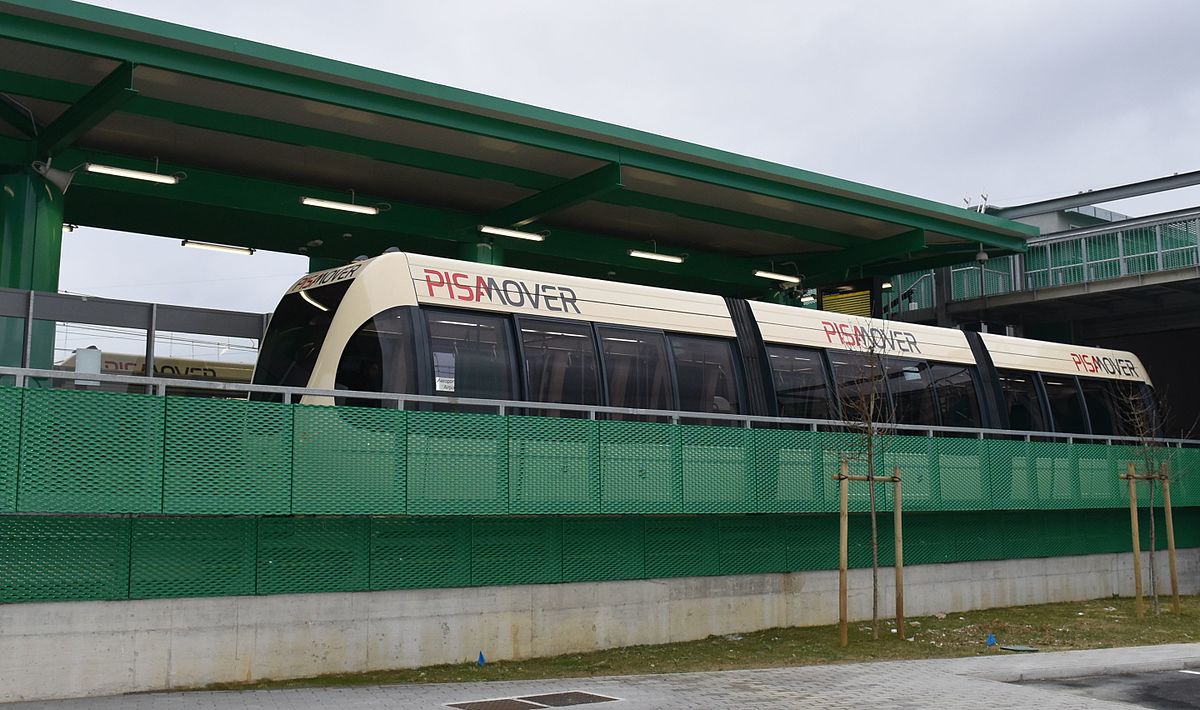Accommodation Review: Wombats Hostel London City

Whilst on my recent internship at The Sunday Times Travel Magazine, I had the pleasure of staying at Wombats Hostel for a couple of nights during my two weeks in London. I was in need of somewhere to base myself for the first week, and on the first two nights I didn’t want to have to worry about finding a friends to stay at, or having to get the train to and from Oxford each day, so I booked myself into Wombats ready to embrace London life. Wombats have a series of budget hostels across Europe, from Vienna to Berlin, with a variety of rooms and locations to suit everyone. Whether you’re travelling as a group or riding solo, Wombats is the place to be. Here’s the lo-down of this quirky hostel, and everything you need to know about what to expect from your stay…
The Location

Set in a historic building that has been a hostel since the Victorian era, this place was first used in 1865 as a base for sailors before their overseas trips. Situated on Dock Street near Wapping, just 5 minutes from the historic St Katherine’s Docks, Wombats Hostel London City is perfectly positioned to explore everything that the Great British capital has to offer. After an easy 25 minute walk you’ll reach the likes of The Shard, City Hall, the Tower of London and of course the iconic Tower Bridge. I was working in offices at London Bridge, right opposite The Shard, and chose to walk each day so I could really get to know my surroundings and it was so much better to soak up the fresh air and riverside views rather than commuting by tube. If you do need to use the tube during your stay though, you’ll find Tower Hill is the nearest station, just an 8 minute walk away.
The Rooms

I stayed in a private, en suite double room which was comfy, clean and had everything I would need for my two night stay. I couldn’t believe it was a hostel as it totally had the feel and style of a hotel, but without the expensive price tag! The double bed was comfortable and there was plenty of floor, wardrobe and draw space to use. The bathroom was clean and modern with the most incredible rainforest shower which I just didn’t want to leave in the mornings! I definitely felt that my room gave me a little bit of luxury, and total privacy, which was really important to me for this particular stay. Obviously I can’t comment on the dorm rooms, but I’m sure they were of a similar quality throughout, minus the privacy of course. Wombats offer a variety of private and shared rooms at an unbeatable price.
The Staff
The staff at Wombats were so fun and friendly and really made me feel welcome throughout the duration of my stay. I didn’t check in until after 9pm as I’d had a long day at the office and then met a friend for dinner, but despite my late arrival everything went smoothly and I was shown to my room right away. I was presented with two breakfast vouchers and two drinks vouchers to redeem during my stay, and was told where to find the communal areas such as the bar, kitchen and dining area. Everyone was super friendly and I really felt that I was looked after during my stay.
The Facilities

This hostel has everything you’d need for a comfortable stay and offers plenty of things to do whilst on site. The breakfast area doubles up as a bar in the evening, with comfy futons, plenty of chairs and a big screen for watching sports events with fellow guests. There’s a communal kitchen for those of you who want to cook instead of eating out, and there’s also a courtyard patio and a pool table. I didn’t spend much time in the communal areas as I was staying for business not pleasure (sadly) but I had breakfast both mornings and used the kitchen to cook a meal on one of the evenings and found both areas to be absolutely fine. There were plenty of people around, but I didn’t really stop to chat or get to know any of the other travellers as I was short on time what with having to get to and from work each morning and evening. There was a good atmosphere in and around the hostel though, with plenty of groups and other travellers staying, so I think the bar would have been a great place to meet new people if I’d had the time to check it out properly.
As you can see I had a great stay at Wombats Hostel London City and would definitely recommend this hostel to anyone looking for budget friendly accommodation in a fantastic central location. Having a private room was brilliant whilst I was doing my internship as it gave me somewhere relaxing to come back to after a busy few days of office life. I would most definitely stay at another Wombats if I ever needed accommodation in any of their other European cities and I wouldn’t hesitate to book their London hostel again.
Thank you Wombats for an awesome stay!
NB. My 2 night stay was provided complimentary to me on a B&B basis as I was a guest of Wombats for the purpose of this review but all thoughts, opinions and photos are of course my own.
All checked into my home for the next 2 nights! A private en-suite room @wombatshostels #London is just what I need after a busy day! Looking forward to basing myself here for a couple of nights, the location is perfect! 🙌 #gifted #wombatshostels pic.twitter.com/xAmr4oQb6V
— Jessica Buck (@jessica16_x) February 18, 2019







